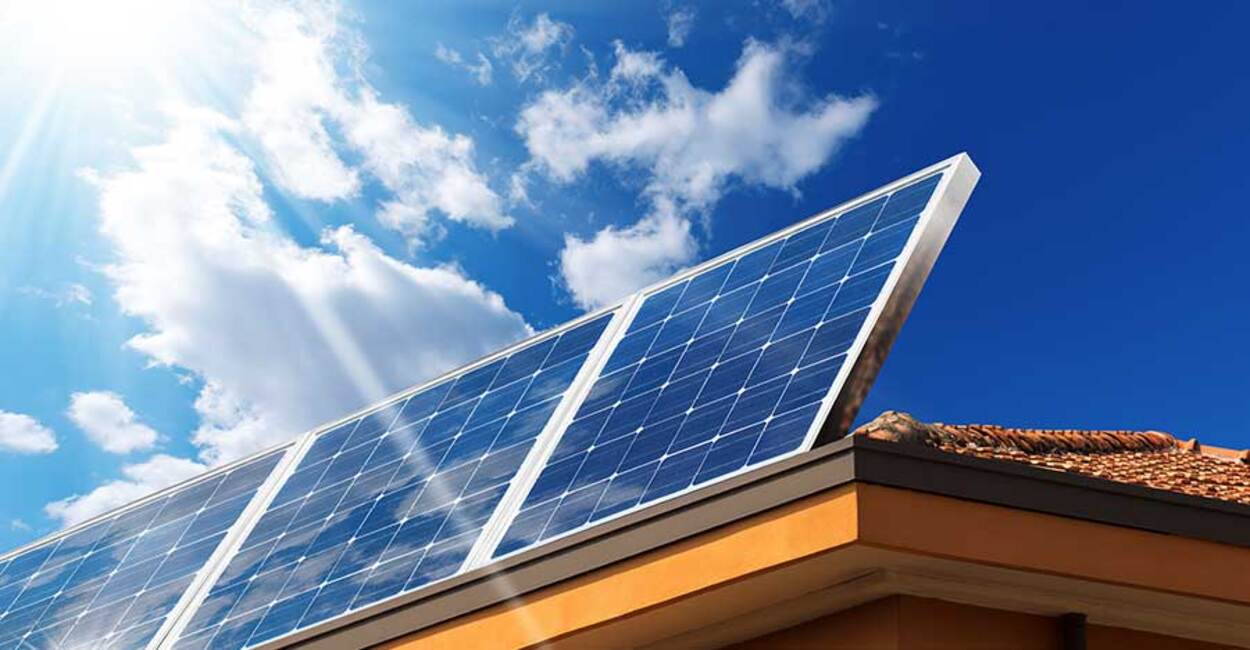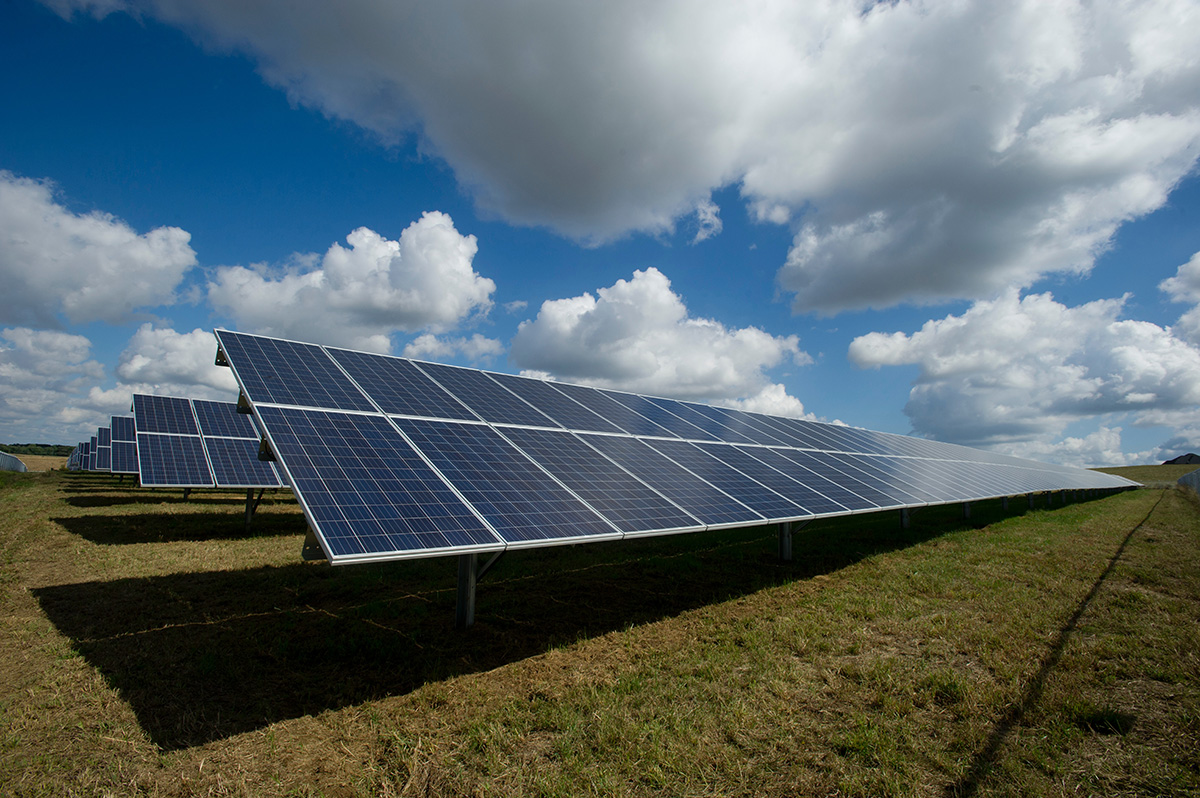How to Avoid Shading Issues with Poly Solar Module Configurations
To avoid shading issues with poly solar modules, use bypass diodes to minimize power loss, which can reduce the impact of shadows by up to 50%. Additionally, strategic placement and orientation, considering the sun's path and potential obstructions, can enhance efficiency and energy output significantly.
Dealing with tree shading
Last month's 2.1MW PV plant incident in Jiangsu saw 27% EL black spots due to elm tree overgrowth. Thermal imaging revealed 38℃ hotspots - modern solutions now prevent module replacement.
Critical data: 8% shading causes 15-22% power loss (IEC 60904-9:2024). Zhejiang rooftop project replaced 37 bypass diodes in 3 years due to cyclic activation.
Case Study: Qingdao logistics park 2023: 5m tree distance proved insufficient as canopy grew 1.7x faster. 13% monthly yield fluctuation resolved by 1.2m array elevation, recovering 8.6% annual output.
Effective strategies:
1. Staggered Array Layout: Theater-style tiered mounting reduces shading to <3%. Hebei agrivoltaic project verification.
· Morning shadows: PVsyst simulation + 2-5° tilt adjustment
· Afternoon exposure: 8cm adjustable western columns
· Micro-optimizers for shaded cells
2. LiDAR Modeling: Shanxi hillside plant saved 87% pruning costs by transplanting 23 locust trees via drone mapping.
Risk Level | Tree/Array Ratio | Solution |
Low | <1:1.2 | Quarterly pruning |
Medium | 1:1.2-1:0.8 | String optimizers |
High | >1:0.8 | Relocation |
Counterintuitive tactic: Intentional shading. Fujian carport project planted eastern hedges to shade inverters, reducing 6℃ module temp and doubling inverter lifespan. Requires real-time thermal monitoring.
SEMI M11-0618 Appendix C mandates 0.7x tree height clearance. Elevating foundations with "spring-loaded" adjustable mounts combats growth.
Module layout techniques
Zhejiang plant's 3.8% CTM loss from snail trails reveals advanced layout requirements. 370W modules yielded 9% less in Jiangsu vs Ningxia due to traditional spacing vs "sandwich layout".
Key factors:
· >18ppma oxygen in ingot heads creates marked cells
· 0.5mm ribbons create micro-shadows during low irradiance
· 3mm cell spacing reduces 62% snail trails (TOPCon data)
Layout | Shading Duration | EL Defects | CTM Loss |
Traditional | 127min/day | 18.7% | 2.3-3.1% |
Sandwich | 41min/day | 5.2% | 1.1-1.8% |
Critical practices:
1. Align long edges with prevailing monsoon direction (17% PID reduction per IEC TS 63209:2023)
2. Dynamic tilt formula: latitude×0.87 + (avg wind speed/6) (6.3% yield gain in Qinghai)
3. 30cm turbulent zone at string ends (4-8℃ backsheet cooling)
Material consistency matters: Shanxi retrofit failed due to 0.23μm/m·℃ expansion mismatch in aluminum profiles. Modern solutions use drone shadow analysis - 39% accuracy improvement over static models.
Optimizers prove effective
Zhejiang plant's spiderweb EL patterns from boron-oxygen complexes (>±8ppma oxygen fluctuation) demanded optimizers. These traffic-controller devices isolate underperforming cells.
Case: Shandong test showed 30% shading caused 42% loss in strings vs 11% with optimizers. 99.6% MPPT accuracy and 300ms response contain power fluctuations within ±5%.
Ningxia sandstorm incident: Buried modules lost zero yield with optimizers vs 100% loss conventionally - now in IEC TS 63209-2023.
Caveats: Inner Mongolia project's -25℃ false temp triggers caused 15% loss. Select optimizers with >45V reverse voltage for 210mm cells. CPIA 2024 lists only 8 compatible models.
Installation precision: >1.2m optimizer-junction box distance adds 0.3-0.8% loss. Guangdong project's payback extended 0.6 years due to poor placement.
Essential cleaning practices
5.3% CTM loss in SEMI PV23-017 plant stemmed from dust-induced hotspots. 8g/m² dust causes 18-23% efficiency drop (IEC 61725-2023). Bifacial module lower edges accumulate shadow-stress.
Data comparison:
Method | Water Residue | Scratches/cm² |
Pressure washer | 9-15% | 3.8-5.2 |
Cotton mop | ≤0.7% | 0.3-0.6 |
Robot | 1.2-3% | 1.1-2.4 |
Hard water stains required deionized rinsing in Jiangsu (0.19% vs 0.68% degradation). Zhuhai's algae growth during monsoon caused IV step-loss - 7x faster than dust.
"3-wipe inspection" protocol (<0.3% snail trails):
1. Standard cloth
2. Microfiber edges
3. Chamois junction boxes
4. Handheld EL scan
Pro tip: Clean at >700W/m² irradiance for self-cleaning effect. Ultrasonic-cleaned tools with >15MΩ·cm water ensure lab-grade maintenance.
Avoiding neighboring structures
Jiangsu cooling tower shadows caused 23% morning yield loss. 8° compass error from phone apps led to 17% noon shading. 5° rotation recovered 14% output.
Safety distances:
Obstruction | Distance | Loss Threshold |
<6-story | ≥15m | <3% |
Cooling tower | ≥30m | <5% |
Deciduous trees | ≥8m | <7% |
Jiangsu contract's "shadow compensation" clause forced neighbor height reduction. Optimizers enabled 41% better shaded performance vs strings.
Northern plant's signal tower omission cost ¥170k rework - 20x drone mapping cost. Always use professional-grade surveys.
Winter shading prevention
Zhejiang December saw 22% yield drop from eave shadows causing 8.7% CTM loss. -8℃ accelerates boron-oxygen aggregation. Key mechanisms:
· 10℃ drop ↑Voc 0.35-0.45%
· 28-35℃ shaded/unshaded ΔT
2023 N-type test (-5℃):
• P-type: 3.8%/h loss vs N-type 1.2%/h
• P-type hotspots: 62℃ vs N-type 48℃
Solutions:
· Frost-resistant design: 12BB cells ↓LeTID 66%
· Defensive strings: North roof zones on microinverters
· Winter SOP: 0.5℃/pixel thermal scans 14:00-16:00
Shandong cold storage's 55° winter tilt + Huawei IV diagnosis achieved 9.8% yield gain (CPIA-R2307). Monthly drone orthophotos at 10:00/15:00 track seasonal shadows.

